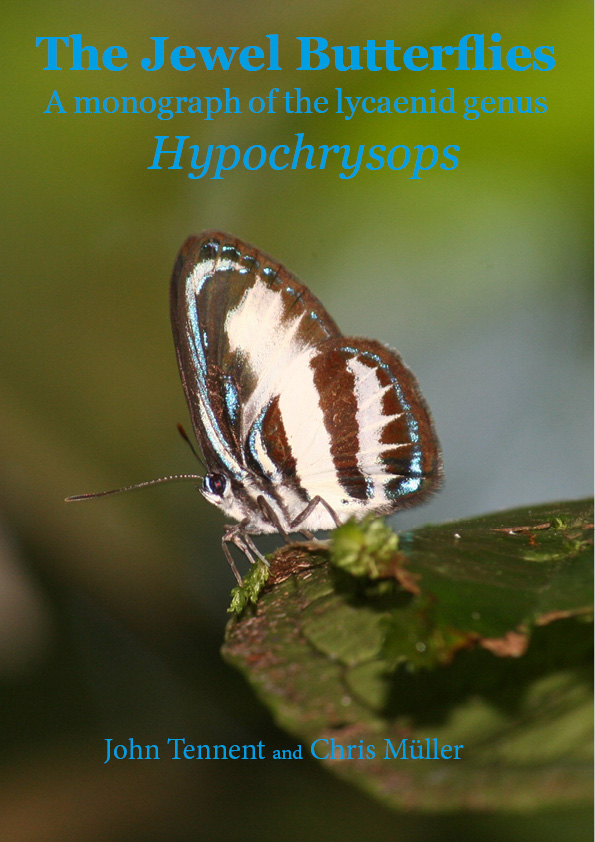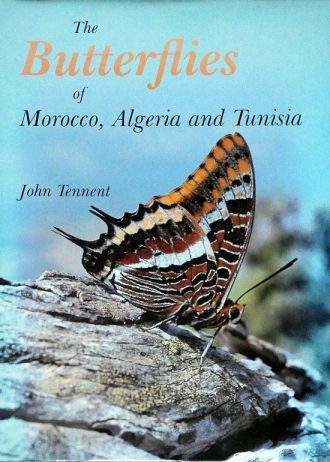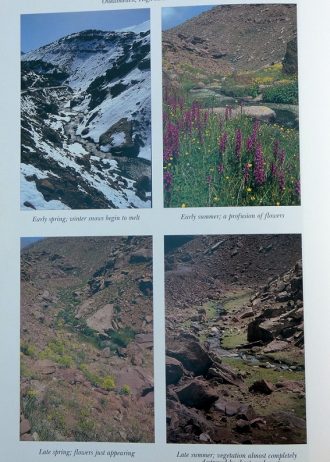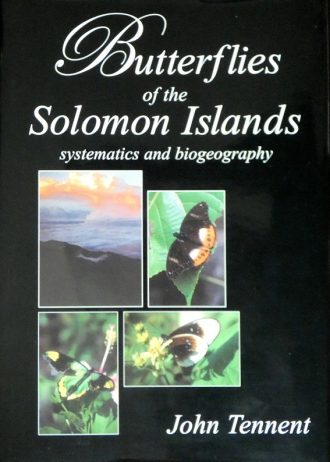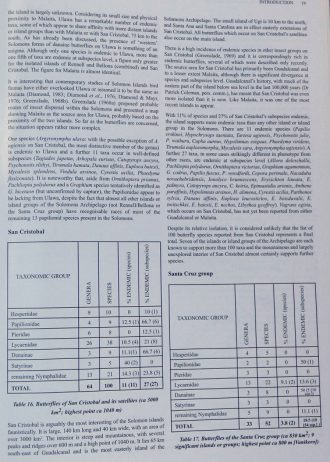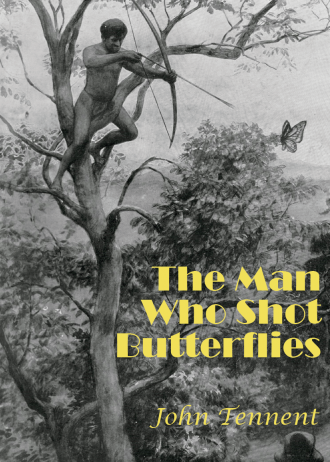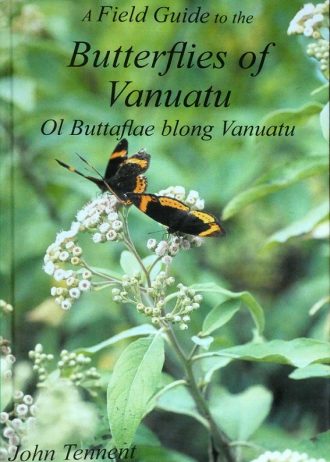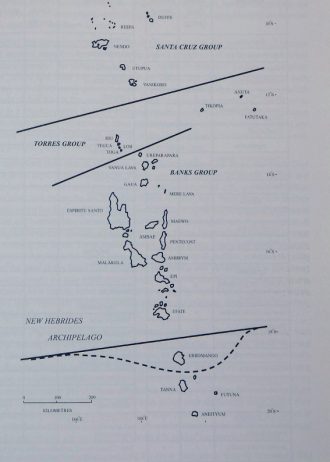The Jewel Butterflies. A monograph of the lycaenid genus Hypochrysops (expected 2024)
ISBN: 978-0-9542045-3-2
Authors: John Tennent & Chris Müller
With their intricate iridescent wing markings, Hypochrysops are considered among the most beautiful
butterflies in the world, earning for themselves the common name of “Jewels”. The majority of
Hypochrysops species are arboreal, living high in the forest canopy, and adults are infrequently attracted to
flowers. Some have been known for many decades from only a solitary individual or just 2-3 specimens. The
bulk of species are restricted to the forests of New Guinea and its associated islands, extending south to
Australia, east to the northern New Hebrides Archipelago and west to Maluku and beyond, with just one
small group of species occurring west of Wallace’s Line.
Until recently, some 109 Hypochrysops taxa (57 species: 147 names) were recognised; this modern
treatment recognizes 159 taxa (93 species: 211 names), with significant new synonymy and description of 21
new species and 30 subspecies. The authors carried out extensive and detailed research over more than two
decades, spending many years in the field, and between them have travelled more than 250,000 kilometres
in visiting museums, university and private collections across the world, collaborating with professional and
amateur entomologists. Many primary type specimens previously declared lost were located (96% of all 211
primary types and hundreds of secondary types are illustrated) and some complex, long-standing errors and
confusion in taxonomy, nomenclature and identification in the literature are unravelled in detail.
This long-awaited generic monograph sets a new benchmark for butterfly books. A magnificent ca 700 page
volume presents almost 2,500 specimen photographs on 126 plates, demonstrating the full range of individual and
geographical variation of all Hypochrysops taxa, with hundreds more specimens embedded in the text to
support species identification and illustrate historical specimens (including butterflies collected on James
Cook’s first visits to Australia), full colour distribution maps, genitalia preparations, superb habitat
photographs and colour plates reproduced from historical publications.
Price (INCLUDING SHIPPING): A$ 498 (Australia and New Zealand only); £210 sterling (UK only); Euros 295
(Euro Zone only); £246 sterling (rest of the world). DISCOUNT: 10% for firm orders and payment in full made
before 30th April 2025; DISCOUNT for ordering more than one copy (ask for quote: shipping is slightly
cheaper – share costs with friends and colleagues). Contact chrismuller999@gmail.com (Australia) or
johntennent@hotmail.co.uk (rest of world).
If paying by PayPal, please add £12.00 sterling.
